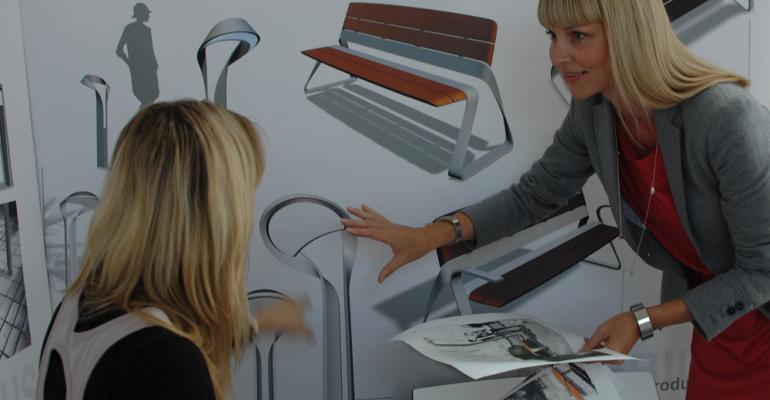DesignworksUSA, the creative think tank founded in 1972 by the renowned American designer Charles W. Pelly and now entirely owned by the BMW, continues its expansion worldwide with the opening of a new branch in Shanghai.
Work already is under way at the new facility, the third addition to the Newbury Park, CA-based design operations, following the opening of branches in Munich and Singapore.
“According to customer surveys, design remains a top reason for choosing a brand,” BMW Chairman Norbert Reithofer noted in announcing plans for the Shanghai center last year. “We want to improve our understanding of our Asian customers, particularly those in China.”
It took a little longer than expected to find a location for the studio, which was supposed to be opened by the end of 2011. But it is opening just as the Chinese government is calling for foreign auto makers to put more design and engineering resources in the country.
The new operation is located in Shanghai's Luwan District, an established commercial and financial center that is beginning to emerge as a hot spot for design and market research. The DesignworksUSA facility will focus onproduct, transportation, automotive, environmental and interaction design; color, material and finish design; design communication, research and strategy; and sustainability consulting.
About 20 employees will staff the operation, some migrating from DesignworksUSA studios in California, Munich and Singapore.
“The input from China’s culture and customers’ expectations will expand our design language even more globally,” Adrian van Hooydonk, director-BMW Group Design, says. “Creating this new studio is of great importance from both strategic and creative standpoints.
“China's power to inspire our designers is equally important as the business perspective.”
More car makers likely will follow the strategy that led BMW to take over DesignworksUSA back in 1995. Volkswagen took BMW by surprise two years ago, when it acquired a controlling stake in Italdesign Giugiaro, which had contributed greatly to the development of the current Mini range.
Laurenz Schaffer, president of BMW Group DesignworksUSA, is enthusiastic about the new Shanghai studio.
“As innovators, we see a tremendous potential for DesignworksUSA to gain insight in China, and likewise a great opportunity to contribute to the evolution of this vibrant culture,” he says.
In addition to automotive, DesignworksUSA has handled projects for a number of premium-brand clients, including Boeing, Apple, Nokia, Microsoft and Starbucks.




